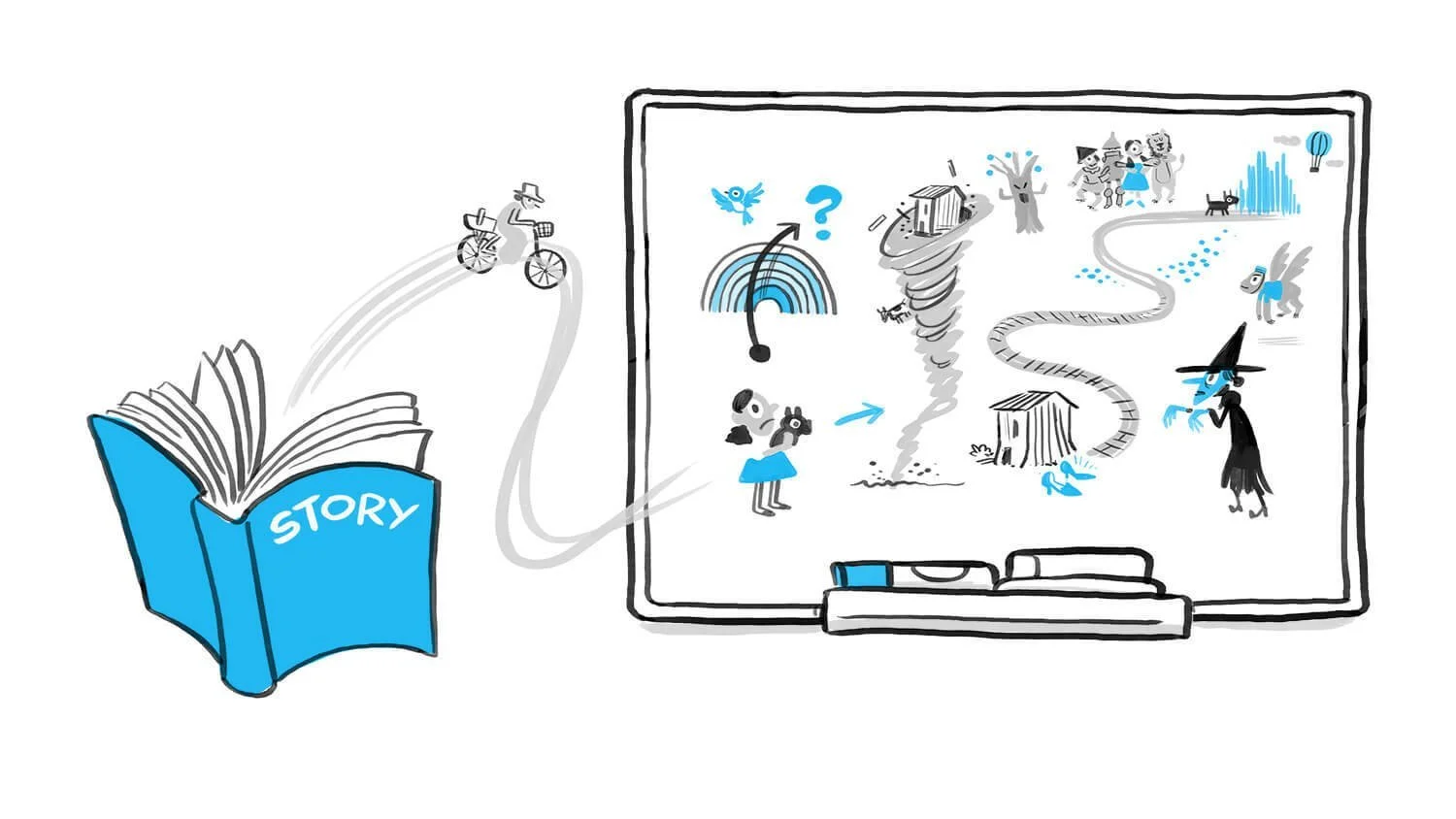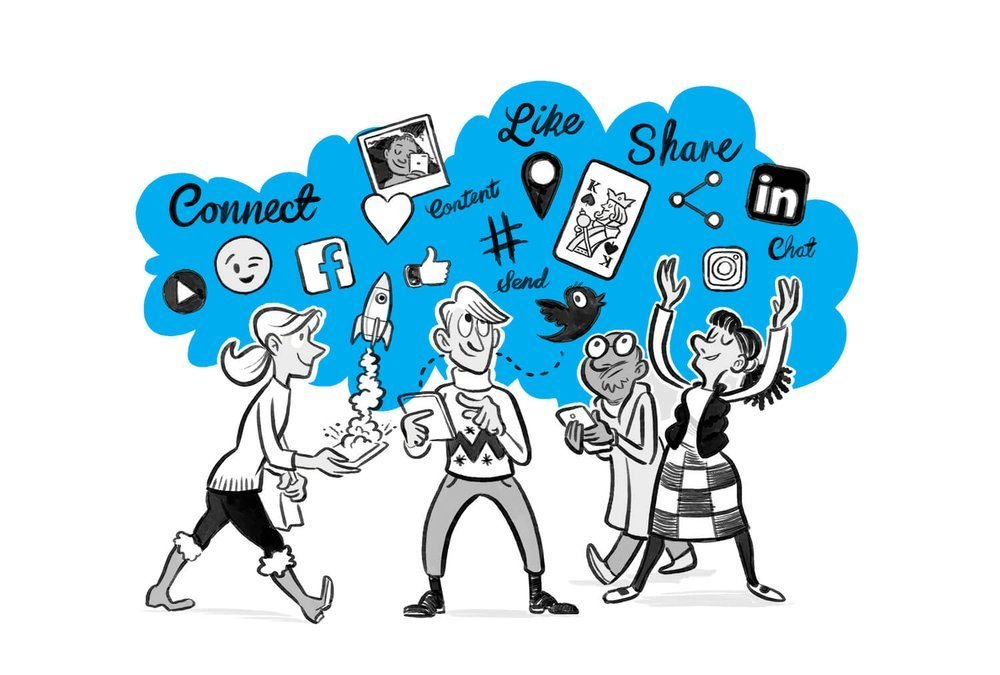An image from our film for OECD PISA 'How does PISA Shape Educational Reform' which has been translated into 4 languages.
Increasingly, our clients have a global audience even if on face value they look like a national organisation. Recently, we have worked with many organisations who need to talk to a global audience. These range from corporates like the BBC and eBay, to government organisations like the UK Ministry of Justice, as well as charities, NGOs and member organisations like the RSA and TED.
To boost their engagement with global audiences, these organisations are increasingly asking for help to translate our animations and explainer videos into multiple languages.
Whiteboard animation explainer videos are one of the best ways of getting your content shared. For example, 52% of marketing professionals worldwide name video as the type of content with the best ROI (Source: Syndacast) and social video generates 1200% more shares than text and images combined (Source: Forbes). However; to maximise sharing, providing content in a range of languages is a simple, accessible and easy way to increase your global reach!
We have worked in four ways to improve relevance to local audiences.
Firstly, the simplest and most cost effective method, is to subtitle the English film with captions in the other language. Below are three versions of a film we produced for TE Connectivity who asked us to translate the script and add subtitles in 3 languages, whilst the voiceover remained in English.
TE Connectivity Original English version
TE Connectivity with Chinese Mandarin sub-titles
TE Connectivity with German sub-titles
The second option is to translate the script and record multiple voice overs in different languages. This method was used by the Programme for International Student Assessment (PISA). PISA is a worldwide study by the Organisation for Economic Co-operation and Development (OECD) and their mission is to collect and share data across many diverse countries. The OECD had enough budget to record 3 additional voiceovers (French, German and Spanish), which helped to increase engagement with the visual story telling with audiences who are not necessarily English speaking. Watch the films below, and you will see that the on-screen text remains in English in each case so no new drawings and animation were required:
OECD PISA with French Voiceover
OECD PISA with Spanish Voiceover
OECD PISA with Chinese Mandarin Voiceover
The third option, which we followed with Amnesty International on their Massive Open Online course (or MOOC) was to start the project with the understanding that the film needs to work in numerous languages. In this case the course is delivered in languages: English, French and Spanish. As part of our storyboarding we made sure the on-screen animations had minimal copy and we ensured we used globally diverse and meaningful images. This preparation meant that translating into multiple languages required minimal on-screen amends, this together with the voice overs in the chosen languages meant the finished film felt purposefully designed for that language. The result has been an educational resource that has been used effectively across a large part of the globe, all with minimal time and budget-consuming revisions.
Original Amnesty International film in English for their MOOC.
Amnesty International film translated into Spanish.
Amnesty International film translated into French.
The fourth, and slightly more complex option, is to provide completely re-drawn and ‘trans-created’ videos that have translated on-screen text, new voice-overs and cultural imagery. Trans-creation is the best way to recreate your message in another language and culture so that it is properly understood and shared. The training films we made for the Red Cross/Red Crescent are an example of where we completely re-made the film to make it more suitable for an Arabic speaking audience (watch them side by side if you can and you will see what we mean!):
Federation of the Red Cross and Red Crescent Societies “Stay Safe” training material produced for an Arabic audience
Federation of the Red Cross and Red Crescent Societies “Stay Safe” training material produced for an English speaking audience
So, if you are embarking on your own explainer video, consider how global your audience is; and how much you want the content to feel tailored to individual countries or languages.
Your budget for translation will need to take into account the number of languages and sophistication of the translation approach. From subtitling, to local language voice over, to fully aligned language and images for the target culture - you have options to suit a variety budgets. If planned into your whiteboard animation from the start, all of these approaches will help you have greater relevance to a broader range of audiences.
Of course, if you would like help with any of your explainer videos or have any questions about multiple foreign language versions then do get in touch with us by booking a discovery call today!


























Not everything is better remote, as we’re sure anyone who has tried to deliver remote training sessions will agree. We’re happy to announce that there is a better way to deliver remote training: whiteboard explainer videos.